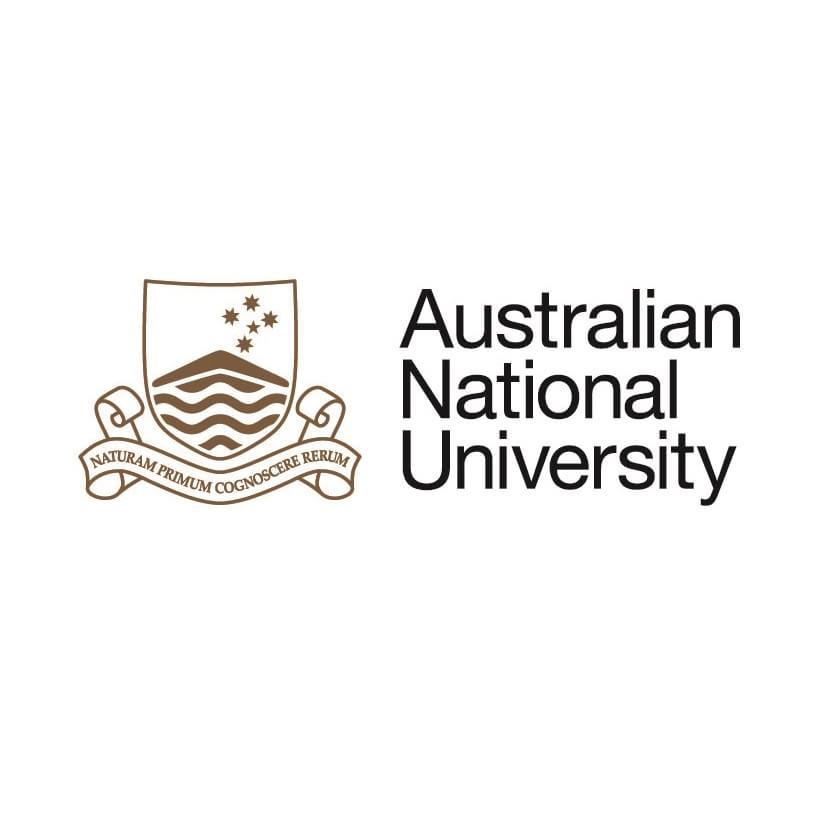Full description
Simplification of stand structure of forests and woodlands through human-induced modification is a serious threat to biodiversity. Restoring lost habitat complexity and heterogeneity, such as woody debris, requires an understanding of the relationships between different elements that contribute to stand structure. In this study, we examine the structure and composition of a critically endangered box-gum grassy woodland in south-eastern Australia and relationships with woody debris loads. We found that: (1) despite modification by humans and differing susceptibility to dieback, the two dominant tree species, Blakeley’s red gum, Eucalyptus blakelyi and yellow box, E. melliodora, occurred in similar proportions irrespective of vegetation density; (2) E. blakelyi had the largest number of stems and basal area, but while E. melliodora had fewer stems, it had a similar basal area to E. blakelyi. E. melliodora also showed fewer signs of dieback than E. blakelyi with between 40 – 50% trees in good condition compared to 2% for the latter species; (3) woody debris loads were low compared to other studies in woodland, but there were levels of heterogeneity indicating ‘natural’ accumulation was occuring; (4) tree basal area and woody debris loads had a 1:1 relationship across all sites and vegetation densities. Overall, our study indicated that ecosystem recovery was taking place (i.e. with many young trees), but there were fewer large trees that are known to supply most woody debris. Our findings highlight the slow accumulation of this critical resource because the volumes were lower than expected. Based on our results, we recommend: (1) aiming for approximately a 50:50 ratio of yellow box to Blakely's red gum basal area in woodland restoration projects; (2) to accelerate the recovery of woodland structure, addition of woody debris should be added at a minimum ratio of 1:1 to standing basal area (i.e. a basal area of 5.99 m2 requires a minimum volume of 3.11 m3 ) (3) managing for both volume and heterogeneity of woody debris loads; (4) preserving large diameter trees to harness proportionally higher woody debris and litter inputs. Research site The study area was in north-eastern ACT, and comprised two adjacent nature reserves - Mulligans Flat and Goorooyarroo Nature Reserves. Together, the reserves total 1494 ha, and contain 1210 ha of box-gum grassy woodland. These reserves constitute the largest and most intact example of this type of woodland in the ACT. Mulligans Flat Nature Reserve was reserved in 1994 and grazing with domestic stock and firewood collection ceased then. Neighbouring Goorooyarroo Nature Reserve was added to the nature conservation estate in 2006 and grazing with domestic stock stopped around at that time. A detailed site description can be found in the following references (Manning AD, Wood JT, Cunningham RB, McIntyre S, Shorthouse DJ, Gordon IJ, et al. Integrating research and restoration: The establishment of a long-term woodland experiment in south-eastern Australia. Australian Zoologist. 2011;35(3):633-48.) and (McIntyre S, Stol J, Harvey J, Nicholls AO, Campbell M, Reid A, et al. Biomass and floristic patterns in the ground layer vegetation of box-gum Eucalypt woodland in Goorooyarroo and Mulligans Flat Nature Reserves, Australian Capital Territory. Cunninghamia. 2010;11(3):287-307.). The reserves are the location of a major designed ecological restoration experiment, “The Mulligans Flat – Goorooyarroo Woodland Experiment” (www.mfgowoodlandexperiment.org.au). The aim of the experiment is to examine ways of improving box-gum grassy woodlands for biodiversity. Biodiversity being monitored includes: plants, fungi, birds, reptiles, small mammals, invertebrates and soil microbes. The inventories of woody vegetation and woody debris that we collected for this study constitute baseline data for the overall experiment. Experimental design: Our multi-level experiment consists of 24 polygons, with four 1 hectare sites per polygon (50 m x 200 m, 96 sites in total). The polygon is the key stratifying unit of this experiment. These are defined as homogenous areas of vegetation structure and type (surveyed, assessed and classified by ACT Government staff). Four combinations of broader vegetation classes describing broad structure were derived from this database: 1. High tree cover, high shrub cover (HTHS) 2. High tree cover, low shrub cover (HTLS) 3. Low tree cover, low shrub cover (LTLS) 4. Low tree cover, high shrub cover (LTHS) These classifications describe the vegetation structure (i.e. density) of each polygon, with ‘High Tree’ and ‘High Shrub’ meaning ‘dense’ structure, and ‘Low Tree’ and ‘Low Shrub’ meaning ‘open’ structure. Sampling protocol: Woody debris and tree inventory data were collected at each of the 96 1 ha sites. Woody debris measurement All woody debris (>2cm diameter) was measured on each transect, always commencing at the same relative side of the site, moving in the same direction. Woody debris was assessed using a continuous line intercept procedure [31, 32], recording the location on the transect and the diameter (using calipers or a diameter tape). This provided data on the number of pieces, size and spatial distribution of woody debris. Woody vegetation Woody vegetation was measured within the 10 m wide ‘bands between the tape transects used for woody debris measurement (20 segments per site). All stems over 2 cm DBH were measured. A GPS position for each tree over 10cm DBH was taken, species noted and health assessed. Health i.e. level of dieback (the phenomenon of chronic defoliation and premature death of native trees caused by a complex of biotic and abiotic factors; was assessed as follows: (1) good condition – full green crown, majority of leaves, twigs and branches alive and healthy; (2) moderate condition - generally green crown, some leaves, twigs and branches dead; (3) unhealthy; poor condition - sparse crown, majority of leaves, twigs and branches dead or unhealthy; (4) dead (Fig 2d). Funding and in-kind logistic support for this project was provided by the ACT Government as part of an Australian Research Council Linkage Grant (LP0561817; LP110100126). Adrian Manning was supported by an Australian Research Council Future Fellowship (FT100100358).Notes
15.8 MB.Created: 2009
Data time period: 2009 to 2009
Spatial Coverage And Location
text: Mulligans Flat and Goorooyarroo Nature Reserves, Australian Captial Territory
Subjects
Biological Sciences |
Coarse woody debris |
Ecological Applications |
Ecology |
Environmental Science and Management |
Environmental Sciences |
Eucalyptus blakelyi |
Eucalyptus melliodora |
habitat simplification |
line intercept method |
temperate woodland |
User Contributed Tags
Login to tag this record with meaningful keywords to make it easier to discover
Identifiers


